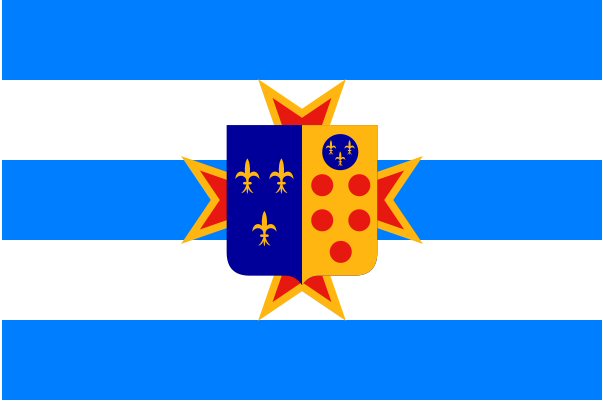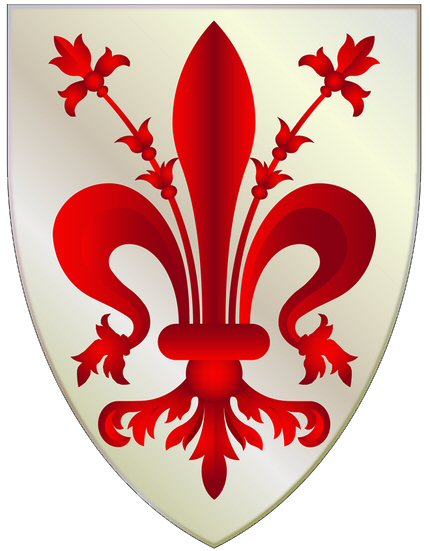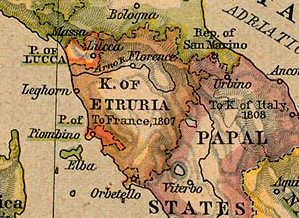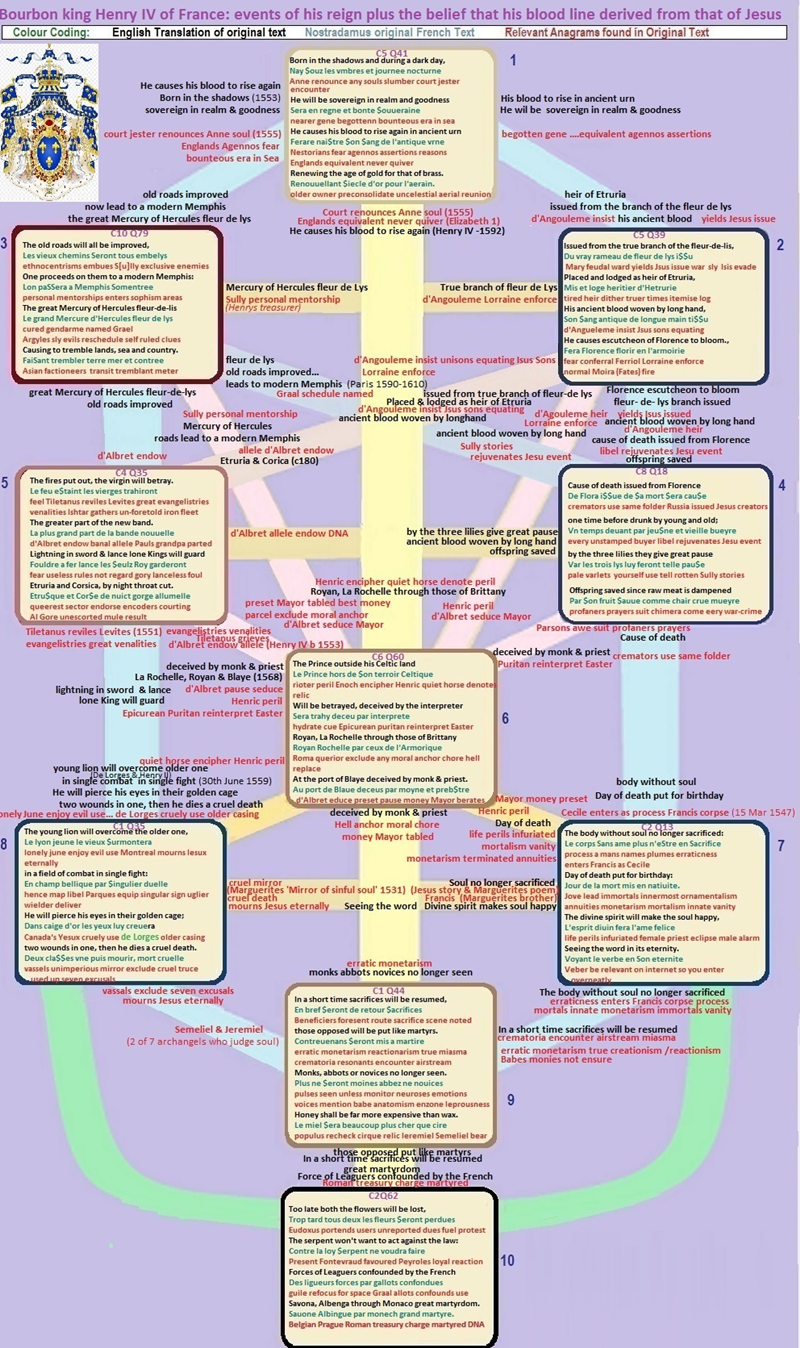 Analyses of all verses
Analyses of all verses
|
 Web Site
Web Site |
 All
Sefirots All
Sefirots |
NOSTRADAMUS and Marguerite de Navarre (1492 – 1549CE)© Allan Webber Jan 2012CESee the following paper for the Rationale & Rules underlying my work on Nostradamus. |
Marguerite de Navarre (French: Marguerite d'Angoulême, Marguerite d'Alençon, Marguerite de Valois or Marguerite de France),
Reference: See http://en.wikipedia.org/wiki/Marguerite_de_Navarre
Eminent American historian Will Durant wrote: "In Marguerite the Renaissance and the Reformation were for a moment one. Her influence radiated throughout France. Every free spirit looked upon her as protectoress and ideal... Marguerite was the embodiment of charity. She would walk unescorted in the streets of Navarre, allowing any one to approach her and would listen at first hand to the sorrows of the people. She called herself 'The Prime Minister of the Poor'. Henri, her husband, King of Navarre, believed in what she was doing, even to the extent of setting ua public works system that became a model for France. Together he and Marguerite financed the education of needy students."
Her brother Francis, became king of France, as Francis I and the two siblings were responsible for the celebrated intellectual and cultural court and salons of their day in France.
As an author and a patron of humanists and reformers, she was an outstanding figure of the French Renaissance . Samuel Putnam called her "The First Modern Woman".
In Nerac 24kms from Agen was Marguerite's court. It was seen as a centre of enlightenment, hope and communal well-being, facts immortalised in Shakespeare's Love's Labour Lost. Nostradamus lived in Agen from 1533 to 1539 and it, like Nerac, had become an intellectual hub but not one with the generosity of Marguerite's court. There is considerable evidence in Nostradamus' writings that he was influenced by this proximity, sufficiently enough for it to possibly be behind Nostradamus' hidden goals.
In my discussion on C6 Q100 I showed that it provided a cipher for Erasmus and this scholar was one of the many famous visitors to Marguerite's court during the years when Nostradamus was in Agen. Erasmus would have had many things in common with the people in Nerac for he had the same high degree of contacts with the English establishment as did Marguerite. There is therefore a logical reason to think the placement of the anagram in CVI Q100 may be intentional.
It is also known that Anne Boleyn was a close acquaintance of Marguerite as detailed in the Wikeipedia entry on Marguerite (see link at toof section):
Anne Boleyn, future second wife and Queen to Henry VIII of England, had been a lady-in-waiting to Queen Claude during her years in France before returning to England. There is conjecture that the court of Queen Claude and the court of Marguerite overlapped and that, perhaps, Anne was in service to Marguerite rather than to Claude, as well as that Anne Boleyn may have become a friend, admirer, and disciple to Marguerite, who absorbed Marguerite's radical views about Christianity. A written letter by Anne Boleyn after she became queen exists in which the Boleyn makes strong expressions of affection to Marguerite.It is conjectured that Marguerite gave Anne the original manuscript of Miroir de l'âme pécheresse at some point. It is certain that in 1545, nine years after Anne Boleyn's execution by her husband Henry VIII, that Anne's daughter, who would become Elizabeth I (1533–1603), translated this very same poem by Marguerite into English when she was twelve years old and presented it, written in her own hand, to her then-stepmother, the English Queen Katherine Parr. This literary connection among Marguerite, Anne, Katherine Parr, and the future Queen Elizabeth I suggests a direct mentoring link between the legacy of reformist religious convictions and Marguerite.
This connection with Anne Boleyn can be found in the anagrams of the prophecies as I will demonstrate below. I will begin by highlighting one of Nostradamus significant pointers to the Bourbon line, the line which traces back to Marguerite of Navarre. This requires an introduction to a small time in history, the seven years at the beginning of the nineteenth century.
Florence and the brief Bourbon Kingdom of Etruria.
 |
 |
 |
| Etruria Coat-of-Arms | Florence Coat-of-Arms | Kingdom of Etruria 1801-1807 |
Wikipedia's entry on Etruria contains the following:
|
The Kingdom of Etruria (Italian: Regno di Etruria) was a kingdom comprising the larger part of Tuscany which existed between 1801 and 1807. It took its name from Etruria, the old Roman name for the land of the Etruscans. It was created by the Treaty of Aranjuez, signed on 21 March 1801. In the context of a larger agreement between Napoleonic France and Spain, the Bourbons of Parma were compensated for the loss of their territories in Northern Italy, which had been occupied by French troops since 1796: in return for Ferdinand, Duke of Parma relinquishing his claims, his son Louis I was compensated with the Kingdom of Etruria, a new kingdom created out of the old Grand Duchy of Tuscany. To make way for the Bourbons, the Habsburg Grand Duke of Tuscany, Ferdinand III, was ousted and compensated with the secularized land of the Electorate of Salzburg.The first King, Louis I, died young in 1803 and his young son Charles Louis succeeded him. His mother Maria Luisa was appointed regent.In 1807, Napoleon dissolved the Kingdom again and integrated it into France, turning it into three French départements: Arno, Méditerranée and Ombron. |
This kingdom and its heritage seems to be well documented in one of Nostradamus' Quatrains.
The Bourbon Lineage in C5 Q39
I believe that C6 Q100 provides evidence that Nostradamus' work was intended to be understood by persons with whom he had first been in contact during 1533 to 1538, people connected to the Bourbon line. The verse C5 Q39 has text that supports this idea since Nostradamus talks of Etruria in terms that demonstrate foreknowledge of its link to Marguerite d'Angouleme, the Queen of Navarre. And underneath the visible text lie powerful anagrams that confirm the connection.
C5 Q39|
Du vray rameau de fleur de lys iSSu Mis et loge heritier d'Hetrurie. Son Sang antique de longue main tiSSu Fera Florence florir en l'armoirie |
Issued from the true branch of the fleur-de-lis, Placed and lodged as heir of Hetrurie. His ancient blood woven by long hand He will cause the escutcheon of Florence to bloom . |
The first line ties its sub ject to a descendant of Marguerite d'Angouleme, Queen of Navarre, who was, according to Wikipedia,:
the ancestress of the Bourbon kings of France , being the mother of Jeanne d'Albret , whose son, Henry of Navarre, succeeded [to the throne] as Henry IV of France , the first Bourbon king.
and according to the same source's entry regarding the fleur-de-lys:
While the fleur-de-lis has appeared on countless European coats of arms and flags over the centuries, it is particularly associated with the French monarchy in a historical context, and continues to appear in the arms of the King of Spain and the Grand Duke of Luxembourg and members of the House of Bourbon
A most compelling piece of evidence arises from the third line line which says His ancient blood woven by long hand. In other words the real name of his ancestor is woven into the text in full without any form of abbreviation. There is such an anagram and it only occurs in this line of verse. The anagram is d'Angouleme (also de Angouleme), which is one of the popular names of Marguerite and her descendants. This appears next to another which then says equating d'Angouleme (gantique delonguema). The anagram for equating is only found in two other verses. Together they helanswer all the challenges posed by this enigmatic line and completes it so that we have His ancient blood woven by long hand = d'Angouleme.
It is pertinent to note that the connection between Etruria and the Bourbons only applies to the period 1801-1807CE and Nostradamus died some 230 years before these events. It is therefore surely extraordinary that all the details shown above fit so well.
There is as usual much more hidden in this verse and it bears on the lineage of Christ and Mary and the Bourbon line but it must wait; to introduce it here surely overloads and goes beyond the need of showing that the lineage of Marguerite is indeed a sub ject of Nostradamus' Prophecies.
But Marguerite, like Erasmus and Julius Scaliger was not one of the people to whom Nostradamus' secret was addressed, she died in 1549CE six years before Nostradamus' first published his works.

END of PAPER